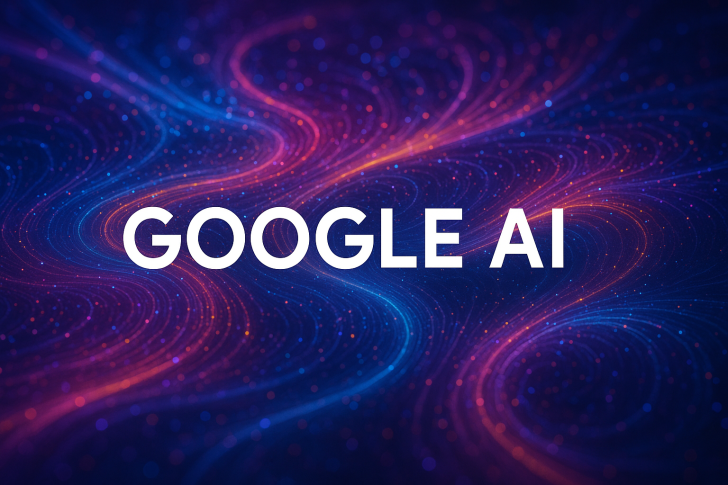Google AI Studio has taken a step back from flashy announcements to focus on something more fundamental: developer tools. Instead of launching the much-anticipated Gemini 3.0 or Veo-3.1 models, Google recently introduced a rate limit dashboard that gives developers better control over their API usage. While it might not generate the same buzz as a cutting-edge AI model, this update addresses a real need in production environments.
What the Dashboard Offers
The new rate limit dashboard provides real-time visibility into API quotas, request volumes, and usage patterns. For developers working on scaling projects, this means fewer unexpected disruptions and a clearer picture of resource consumption. It's not glamorous, but it's the kind of tool that prevents headaches when systems are under load. Enterprises gain better planning capabilities and reduced risk when deploying AI features at scale.
In a recent tweet, AshutoshShrivastava highlighted, Google's choice to prioritize this update reveals an important truth about AI development: even the most advanced models need solid infrastructure beneath them. Gemini 3.0 is expected to push multimodal reasoning forward, while Veo-3.1 aims to advance generative video. But without reliable usage management, those capabilities become harder to deploy effectively. By strengthening the foundation now, Google is positioning itself to support smoother adoption when these models do arrive.
Why This Matters
- For developers: more predictability and fewer surprises when managing API limits
- For enterprises: better resource planning and lower deployment risk
- For the industry: a reminder that infrastructure reliability matters as much as raw model performance
The rate limit dashboard may seem like a modest update compared to groundbreaking AI models, but it reflects a mature approach to product development. As Gemini 3.0 and Veo-3.1 continue their development, this tool ensures that Google's ecosystem is ready to handle what comes next without stumbling over operational issues.
 Peter Smith
Peter Smith

 Peter Smith
Peter Smith


